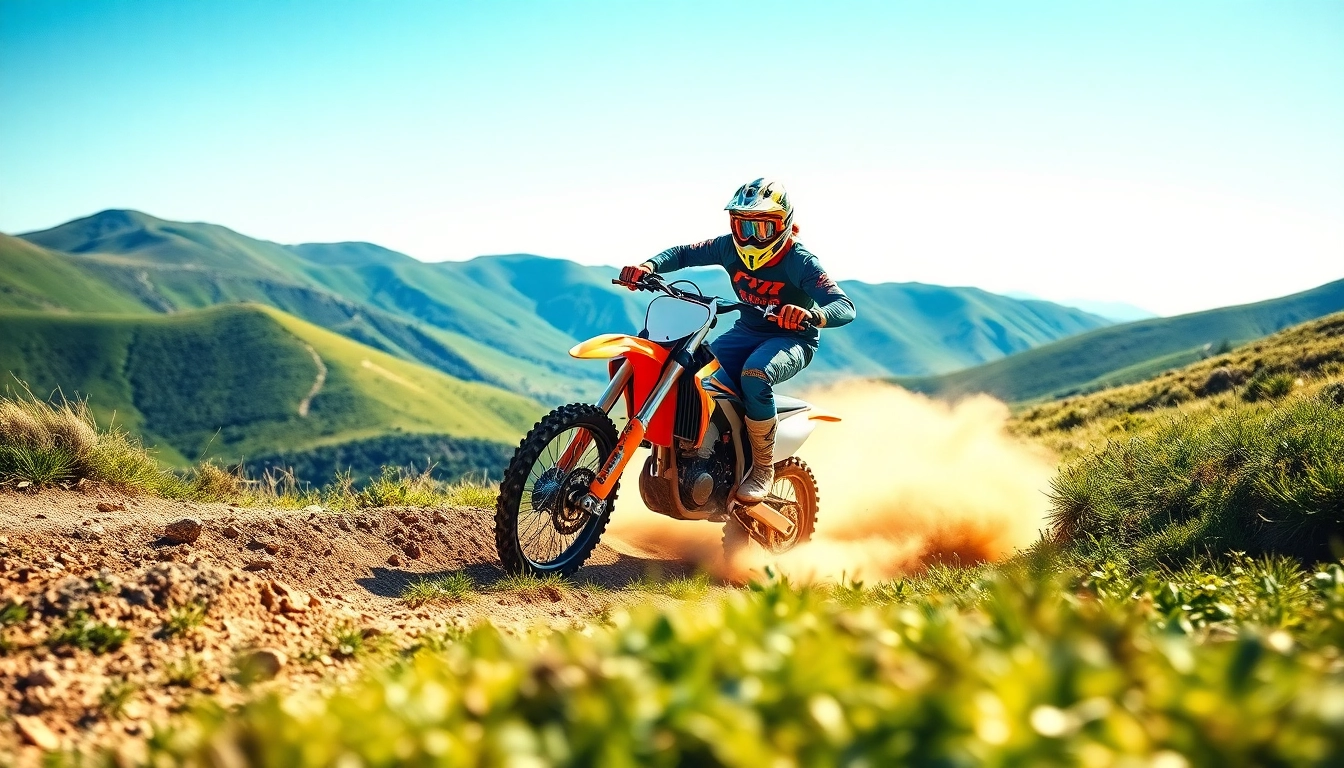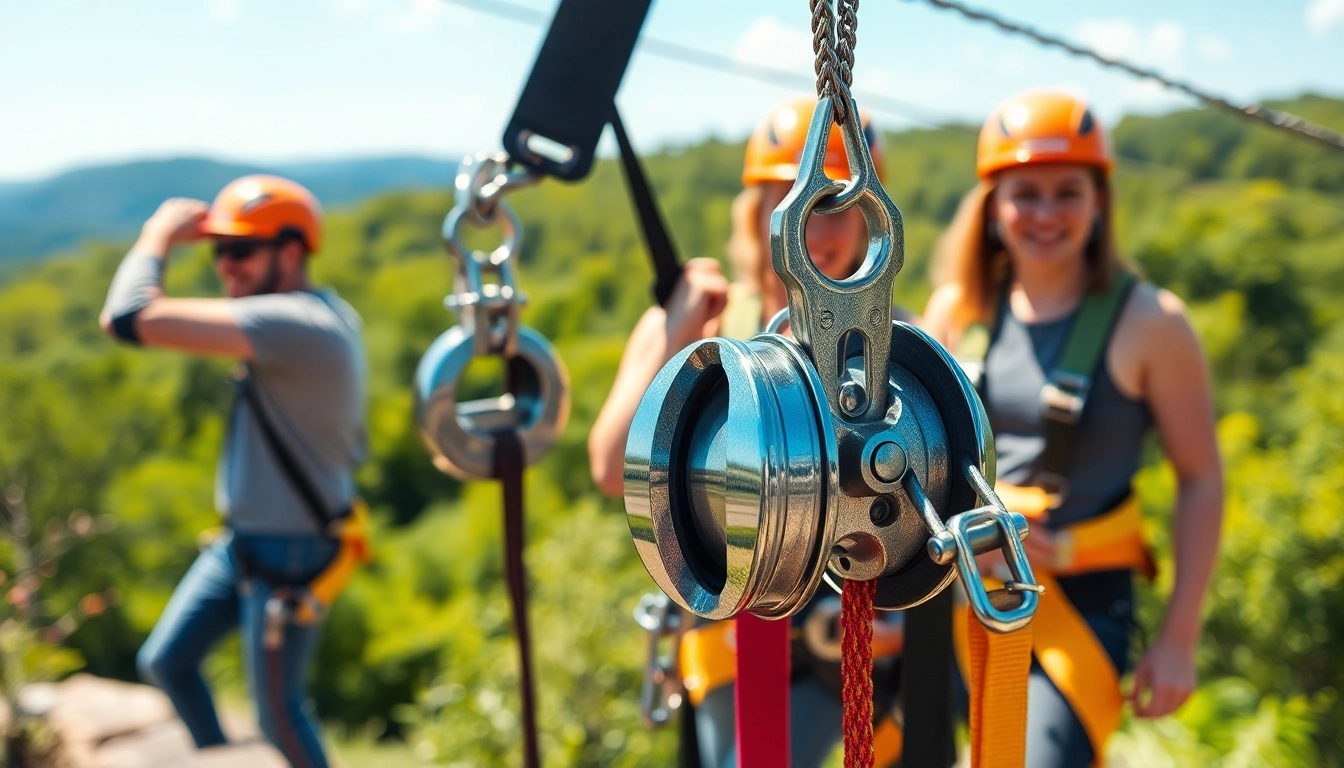For many outdoor enthusiasts, the call of a motocross trail represents an adrenaline rush paired with the opportunity to experience nature in a unique way. Whether you are a beginner on a dirt bike or a seasoned expert looking to conquer challenging terrains, understanding the intricacies of motocross trails can significantly enhance your riding experience. In this comprehensive guide, we will explore what defines motocross trails, essential gear for navigating them, techniques for improving your riding skills, popular trails across the country, and important tips for trail maintenance and safety.
Understanding Motocross Trails
What Defines a Motocross Trail?
Motocross trails are specifically designed paths that accommodate various types of off-road motorcycles, including dirt bikes and motocross bikes. Unlike standard highways or paved roads, these trails often feature rugged terrain, obstacles, jumps, and sharp turns that test the rider’s skills. The trails can vary in length and difficulty, accommodating both novice riders seeking a gentle introduction to off-road riding and experts eager to tackle challenging tracks. Motocross is distinct from enduro and trail riding, primarily focusing on circuit racing, where riders complete multiple laps on a set track.
Key Features to Look For
A well-constructed motocross trail will exhibit certain key features that enhance the riding experience. These include:
- Diverse Terrain: Quality motocross trails incorporate varying surfaces, such as dirt, rocks, and sand, which helps in honing different riding skills.
- Obstacles and Jumps: Strategically placed jumps and obstacles add excitement and challenge, pushing rider limits and encouraging skill development.
- Clear Markings: Identifiable trail signs assist riders in navigating effectively and indicate difficulty levels, ensuring that riders can choose appropriately based on their skill level.
- Accessibility: Trails should be accessible with designated entry points and parking areas to aid riders in reaching the riding zones.
Comparison of Motocross and Trail Riding
While motocross and trail riding share similarities, they strongly differ in focus and style. Motocross is characterized by high-speed racing on closed circuits with jumps and technical features, while trail riding emphasizes longer rides through natural landscapes, often involving varied terrains like hills, forests, and rivers. Motocross riders frequently prioritize performance and speed, while trail riders may prioritize exploration and endurance. Understanding these differences is crucial for riders looking to choose the right kind of trail experience based on their interests and riding style.
Essential Gear for Riding on a Motocross Trail
Safety Equipment Overview
Safety should be the foremost concern for any rider tackling a motocross trail. Essential safety gear includes:
- Helmet: A high-quality helmet that meets safety standards is critical for protecting your head during potential falls.
- Goggles: Proper goggles shield your eyes from dust and debris, enhancing visibility on rugged trails.
- Riding Gear: Durable jerseys, padded gloves, and protective pants help prevent injuries. Consider investing in knee guards and chest protectors for added safety.
- Boots: Sturdy off-road boots provide ankle support and protection against impacts.
Choosing the Right Motocross Bike
Selecting the right motorcycle is pivotal in ensuring a positive motocross experience. Buyers should consider several factors when choosing a motocross bike:
- Experience Level: Beginners may benefit from lighter, easier-to-handle bikes, while experienced riders might prefer higher displacement bikes for performance.
- Type of Trail: The bike should match the trail type—enduro bikes are preferable for technical trails with obstacles, while motocross bikes excel in flat, grassy circuits.
- Maintenance: Consider the ease of maintenance and parts availability. A reliable bike will have a supportive community and accessible repair services.
Clothing and Accessories for Comfort
In addition to safety gear, wearing comfortable and appropriate clothing enhances the riding experience. Consider lightweight, moisture-wicking fabrics for your jersey, and padded pants for extra comfort on long rides. Accessories such as hydration packs enable you to stay hydrated during longer rides, while gloves with a good grip help manage the throttle and brakes efficiently.
Techniques for Navigating Motocross Trails
Basic Riding Techniques
Mastering basic riding techniques is essential for effective navigation on motocross trails. Beginners should focus on:
- Body Positioning: Maintain a relaxed but alert stance on the bike. Keep your knees snug against the bike for better control and weight distribution.
- Throttle Control: Smooth and consistent throttle application helps maintain traction and balance, especially when navigating turns.
- Braking Technique: Use both front and rear brakes simultaneously to achieve optimal stopping power while maintaining control.
Advanced Skills for Challenging Trails
Once basic techniques are mastered, riders can progress to advanced skills that help conquer challenging trails:
- Cornering: Learn to lean into corners, shifting weight to the outer peg while applying throttle to drive out of turns effectively.
- Jumping: Develop the knack for launching off jumps by compressing the suspension as you approach and then extending it upon takeoff to achieve height and distance.
- Technical Riding: Familiarity with obstacles requires skills such as picking lines through rocky sections, balancing on logs, and navigating tight turns.
Tips for Maintaining Control and Balance
Maintaining control and balance is crucial, especially on unpredictable terrains. Here are some expert tips:
- Stay Loose: Tension can lead to rigid body movements that hinder your ability to react; stay relaxed in your posture to adapt quickly to trail conditions.
- Focus Ahead: Always look a few feet ahead to anticipate changes in the trail and adjust your riding accordingly.
- Practice: Regular practice helps reinforce skills and build muscle memory, making navigation smoother and more instinctive.
Popular Motocross Trails Across the Country
Top Rated Trails in the West
When it comes to motocross trails, the western United States is home to some of the best riding opportunities in the country. Notable trails include:
- Rainbow Falls OHV Area: Features a variety of tracks suitable for all skill levels
- Taylor Park: Known for stunning scenery and diverse terrain, from easy trails to challenging climbs.
- Rampart Range: Offers fantastic trails with picturesque views, suitable for intermediate and advanced riders.
Must-Visit Trails in the East
The East Coast also boasts numerous motocross trails worth exploring. Some favorites include:
- Mount Snow: A blend of motocross and scenic views, ideal for various skill levels.
- High Point Raceway: A competitive track famous for hosting national events, providing both challenge and excitement.
- Camp Coker: Known for its rich history and beautifully maintained trails, perfect for family outings.
Hidden Gems You Shouldn’t Miss
While the well-known trails attract many riders, hidden gems often offer unparalleled experiences. Some lesser-known trails include:
- Lost Trail: Offers a unique blend of solitude and excitement with less crowded environments.
- Woods Road Trail: A secluded path perfect for those wanting a tranquil ride through the woods.
- East Forest Trail: Features stunning views and diverse terrains, less frequented by the general public.
Tips for Trail Maintenance and Safety
Understanding Trail Regulations
Every trail system has different regulations that ensure safety and sustainability. Before riding, familiarize yourself with local rules that govern the use of trails, including speed limits, direction of travel, and allowed vehicles. Ignoring these regulations may not only lead to fines but also disrupt the ecosystem and affect the riding experience for everyone.
How to Respect the Environment
Riders have a responsibility to protect the environment. This can be achieved by:
- Staying on Marked Trails: Avoid riding off-trail to minimize ecological damage.
- Cleaning Up: Always pack out what you pack in and dispose of waste properly.
- Wildlife Awareness: Be considerate of local wildlife and maintain a safe distance.
Importance of Trail Etiquette
Good trail etiquette is essential in maintaining a positive experience for all. Ride at a reasonable speed, yield to uphill traffic, and signal to other riders your intentions. Be courteous and respectful, and lend a helping hand to fellow riders if they encounter difficulties. Promoting a culture of support and safety not only enhances individual experiences but contributes to the overall health of the riding community.



